A private showing of your favorite movie is one of the more enjoyable experiences you can have. However, if you've failed to soundproof the space the overall sound quality from the audio system will be substandard and full of reverberation.
Even worse, noise will penetrate the space from adjacent rooms and the outdoors.
There are two types of noise: airborne and structure-borne. Although airborne is more common, both can create unwanted issues in a home theater.
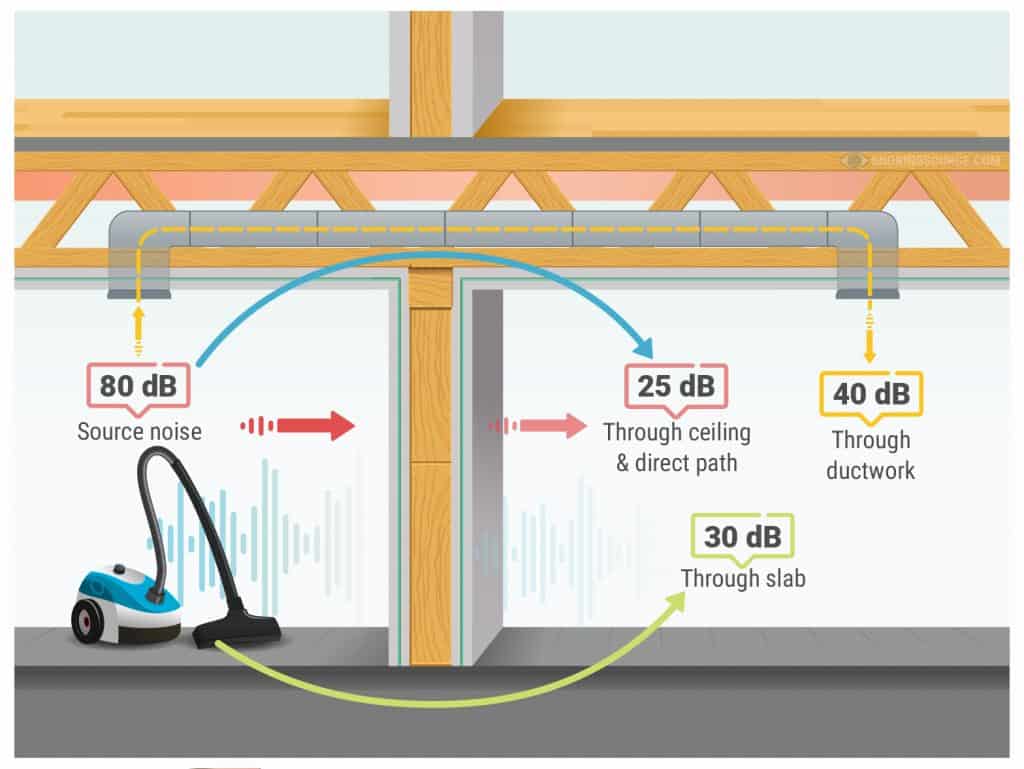
Any sound that travels through the air is considered airborne; this includes conversation, television, music, transport noise, and dogs barking.
Sound waves transmit until they crash into a medium such as a wall. This collision causes vibrations that oscillate through the wall and into the space beyond.
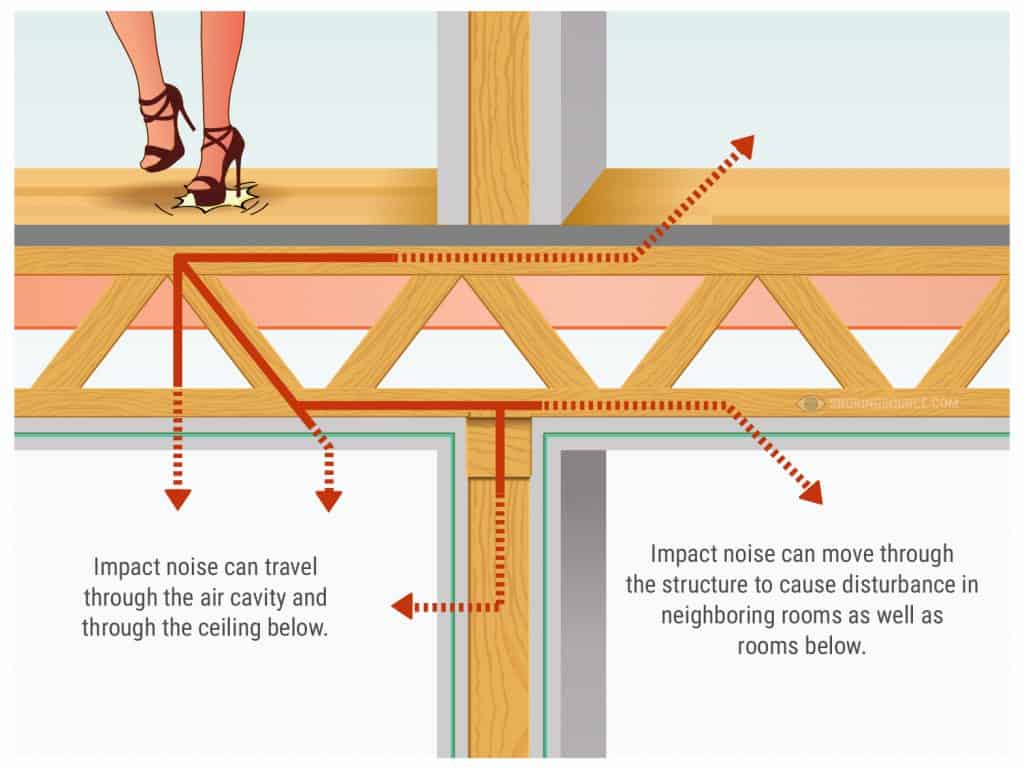
Otherwise known as structure-borne sound. It is caused by the impact of an object hitting a surface.
Footsteps on a wooden floor, a ball being kicked against a wall, a hammer hitting a door frame are just a few examples.
The impact causes both sides of the surface to vibrate and generate sound waves.
The most successful soundproofing results come from the correct combinations of the following techniques and their associated materials.
Mass impedes sound transmission, so adding mass to a structure will make it more difficult for sound waves to vibrate.
Brick, thick glass, concrete, and metal have high sound disruption properties that can be improved upon by adding density; layers of drywall.
This is an effective method of reducing sound transmission; In particular, higher frequencies.
Damping is the reduction vibrational energy produced by sound waves. It is more effective with lower range frequencies and, therefore, an ideal accompaniment to added mass.
Sound always travels through the path of least resistance in a solid structure. The decoupling method employs isolation of struts and panels to obstruct the sound waves, causing them to lose intensity.
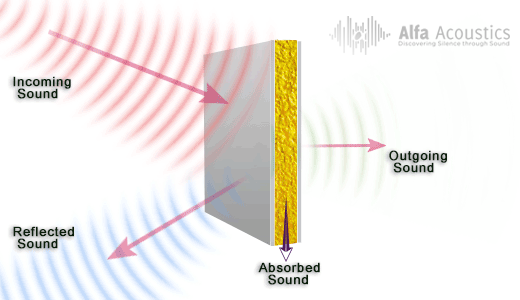
The process by which material or an object dissipates sound energy rather than reflecting it.
Although the absorption method doesn't eradicate noise, it will muffle it and works best in conjunction with other soundproofing methods.
Adequate soundproofing of space is often only considered when construction is complete.
Retrofit installation is a large and expensive task as it requires wall assemblies, ceilings, and flooring to be deconstructed.
We have split this section into two, for those who need soundproofing advice both pre and post-construction.
While usually a tertiary thought, soundproofing during construction of a home theater will save work, expense, and time.
It helps to achieve superior audio inside the room as it eliminates reverberation, and cancels distracting noise leaking into other parts of the house.
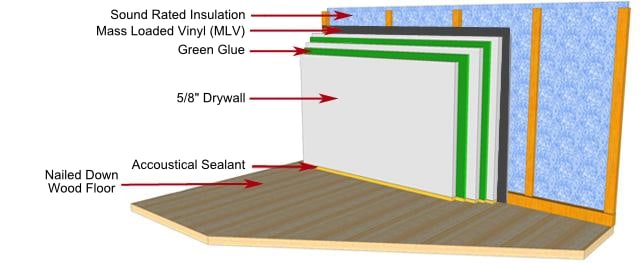
Adding acoustic insulation or soundproof batting to the newly built wall is the initial course of action.
Ensure the insulation sits snugly between the studs and fills the cavity; remember any gaps result in an air leak which results in airborne noise transmission. The use of insulation clips will keep the material in place and provide better results.
Use a good quality damping caulk such as Green Glue to seal every gap.
Use putty pads to cover electrical outlets to help prevent air leaks.
By fitting a layer of MLV or similar material you will not only increase density but add damping properties. The dense yet flexible material creates a reflective sound barrier that sound waves cannot penetrate.
The next course of action should be a layer of soundproof drywall, affixed at 4” intervals with screws. This should be cut exactly to size and each sheet should butt perfectly up to the next one to eliminate any gaps.
Finally use a soundproofing caulk between every panel, around power outlets, door frames, and windows.
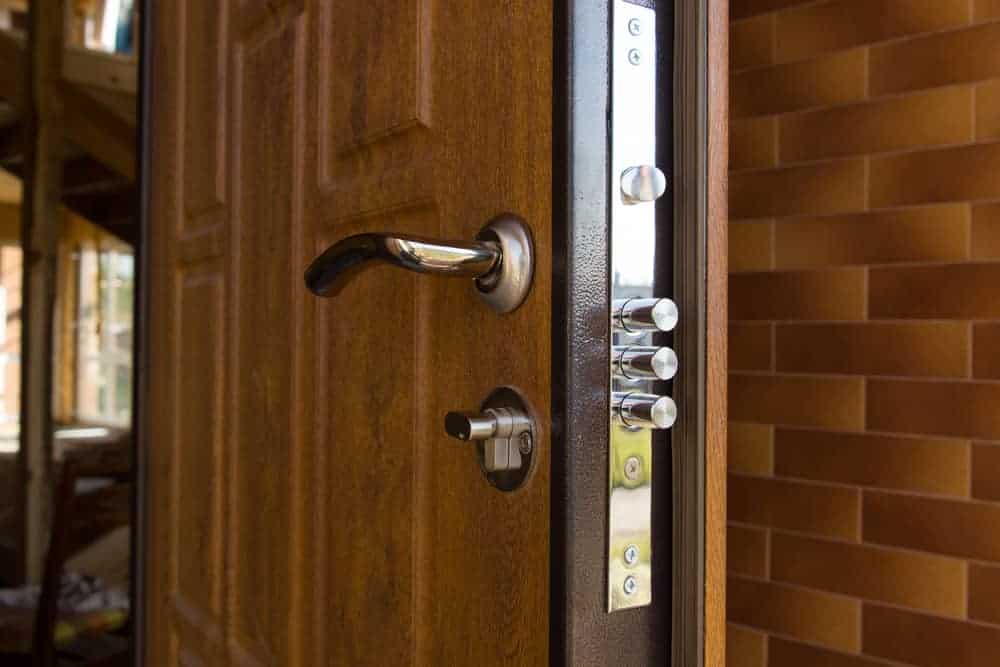
Although hollow interior doors cost less, they offer little resistance to sound waves and vibrations. We highly recommend you invest in a solid core door to help combat noise transfer.
Weatherstripping is another simple and effective method to keep sound in and unwanted noise out. It is simply a thin roll of foam, often self-adhesive, that sits around the door jamb and absorbs sound waves. If you apply it using Green glue, you will further increase its sound damping properties.
Fitting a door sweep takes minutes and effectively blocks the largest gap of all, the one between the bottom of the door and the floor.
For home theaters, we advise installing a rod above the door on which to hang a thick, sound-damping curtain. These need only be drawn across the door when the theater is in use allowing the door to remain fully-accessible at all other times.
To prevent unwanted noise from leaking in from the rest of the house, consider placing rugs and large pieces of furniture on the outside of the door. Bookcases block the passage of sound and instead, reflect it.
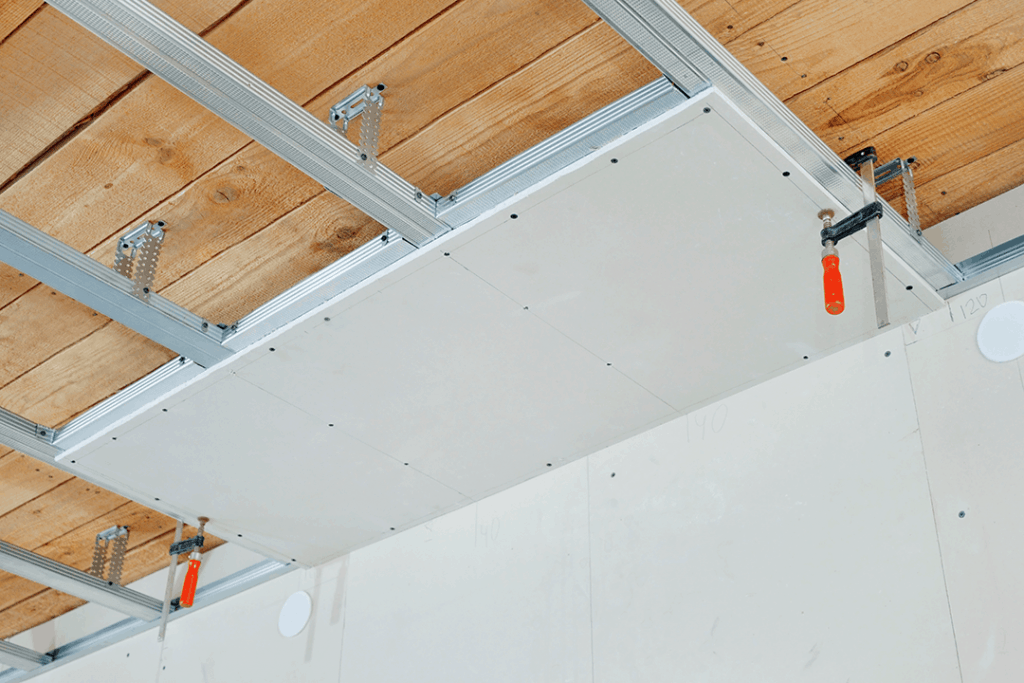
Isolated studs make it difficult for sound to transmit, by adding them at intervals you will prevent the sound waves from taking the path of least resistance.
When installing the ceiling, consider using sheets of soundproofing drywall. It is made similar to standard drywall but has more density which improves its ability to absorb sounds. It is the more expensive option but will pay dividends.
Alternatively, install a double-layer of standard drywall, ensuring to seal every joint and gap. Both methods add mass and therefore combat impact and airborne noise.
Acoustic tiles are simple to fit on a ceiling; they can be attached via metal clips or nails. We suggest using a sound-absorbing glue to add an extra layer of protection.
Acoustic foam is a consideration. It has successful sound-absorbing qualities but is relatively unsightly.
Suspended, secondary ceilings utilize the decoupling method of soundproofing by creating space between itself and the studs. This is relatively effective, however, it is awkward to adequately insulate the gap.
If it is possible, also soundproof the room above the theater. Thick carpets, underlay, and rugs on the floor will absorb much of the structure-borne sound.
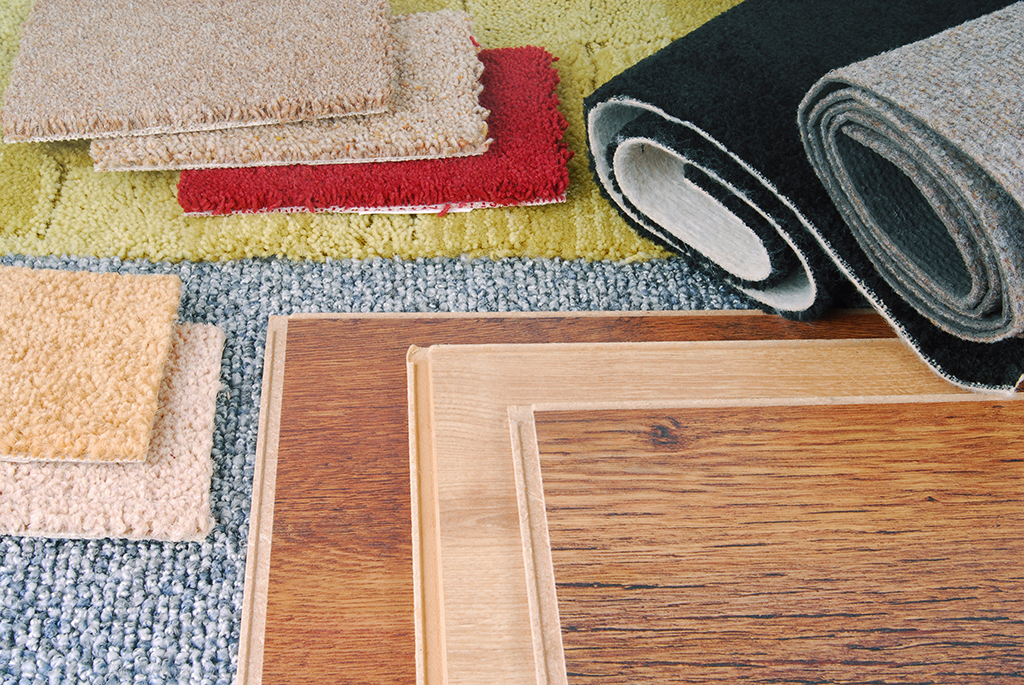
If your theater is on the ground floor then noise nuisance shouldn't be an issue. There is no-one beneath to be affected by the sound or to be overheard.
For those constructing on a mid or upper level, a sub-floor is the way to go. Creating a second 'floating' floor above the first and packing it with soundproofing insulation is invaluable.
Adding an acoustic membrane followed by a tri-deck flooring that is sealed at every edge is recommended. When employing this method, be wary not to screw into any joists as the metal would conduct sound.
Other ways of soundproofing a floor include the use of interlocking floor mats, noise-proofing compounds, and rubber floor mats.
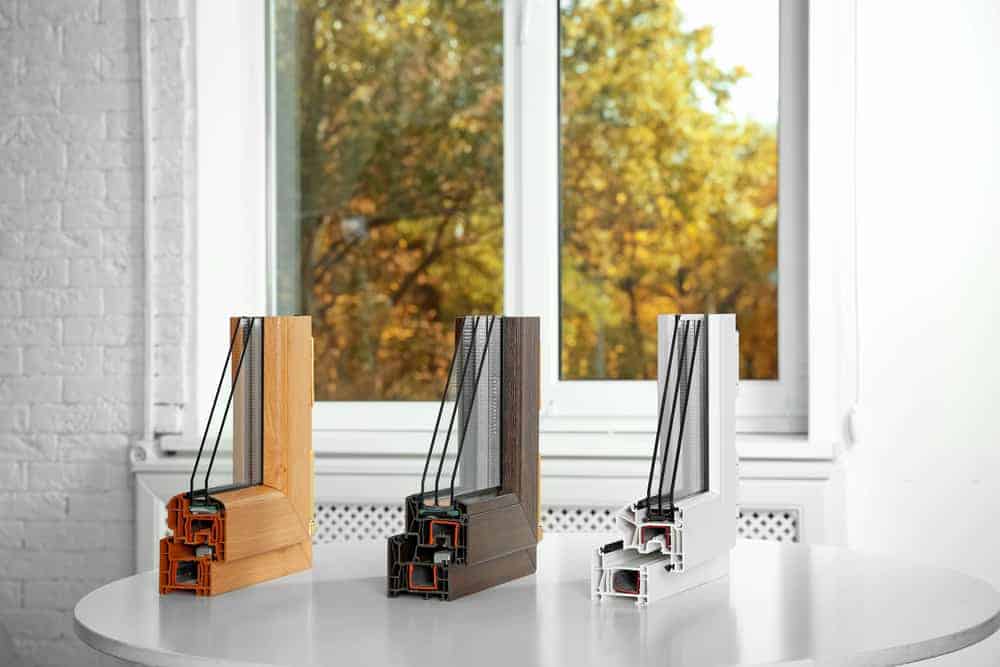
If at all possible you should resist the urge to install windows in your home theater, glass not only lets in light but it is notoriously difficult to soundproof.
If the room is to be multi-purpose and you have no choice, you should absolutely consider installing double pane windows at a minimum.
If you have the budget, opt for either triple pane or laminated glass. While the cost can be exorbitant, It pays off as laminated glass can effectively deaden 95% of soundwaves.
You should also invest in soundproofing curtains. They will help to absorb/dampen troublesome noise from outside, block out light, and insulate the room.
If you have an existing space in mind for your home movie theater you will need to install soundproofing materials/methods in the least destructive manner possible.
Greater results are achievable when using a combination of methods.
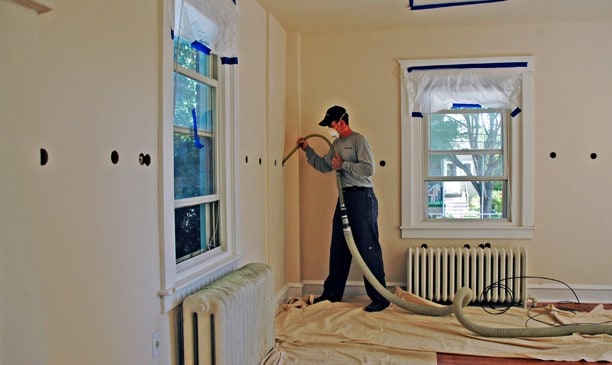
There are four ways to add soundproofing to an existing wall:
Adding further layers of drywall/green-glue will increase density and prevent sound waves from traveling into adjacent spaces.
Applying a layer of MLV, Mass Loaded Vinyl, beneath a drywall layer to dampen and reflect sound waves.
Filling the existing wall with blown insulation. This material is comprised of low-density cellulose material that helps to minimize the transfer of soundwaves.
Acoustic panels are a popular method as there is no need for construction, they are convenient, and simple to install. They improve the acoustics as well as echo is reduced.
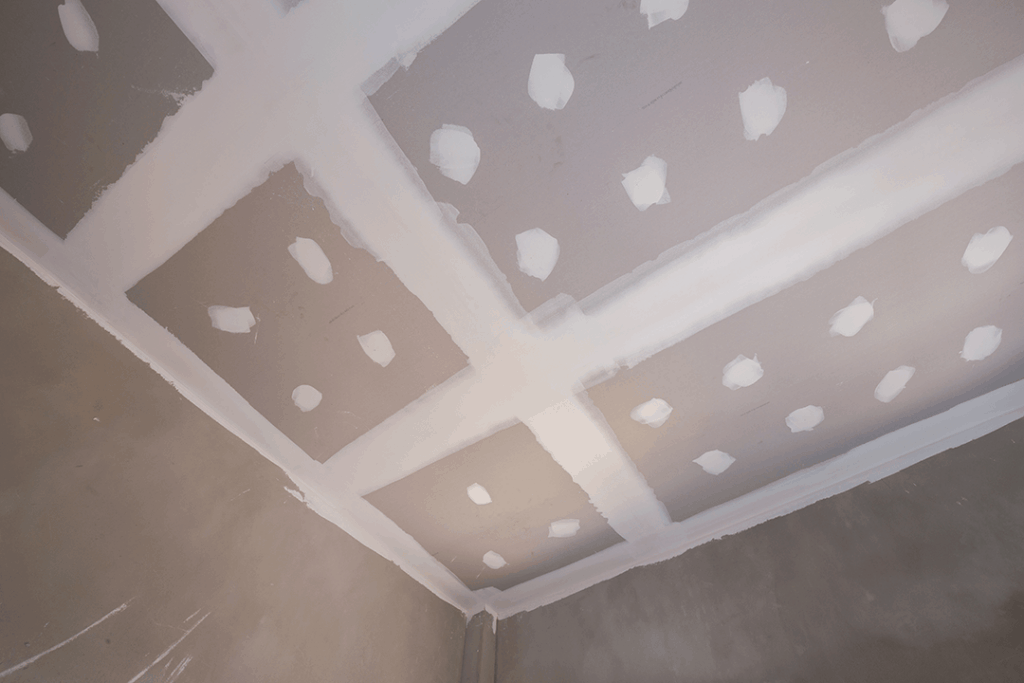
Suspended ceilings utilize the decoupling method of soundproofing via the gap created between the existing and secondary ceiling. Adding insulation between the layers helps to absorb much of the impact and some airborne sound.
Isolating existing joints is a further way to disrupt sound waves, however, this would involve large construction work.
It is possible to add a further layer of drywall, or better still, soundproof drywall, to an existing ceiling. This increases density and therefore reduces noise issues. Remember to always seal every joint and frame with a damping caulk.
Acoustic foam is always an option as it is easy to glue to an existing ceiling, although, it isn't the most aesthetically pleasing method.
Acoustic panels are another convenient way of adding mass and absorption qualities to a ceiling.
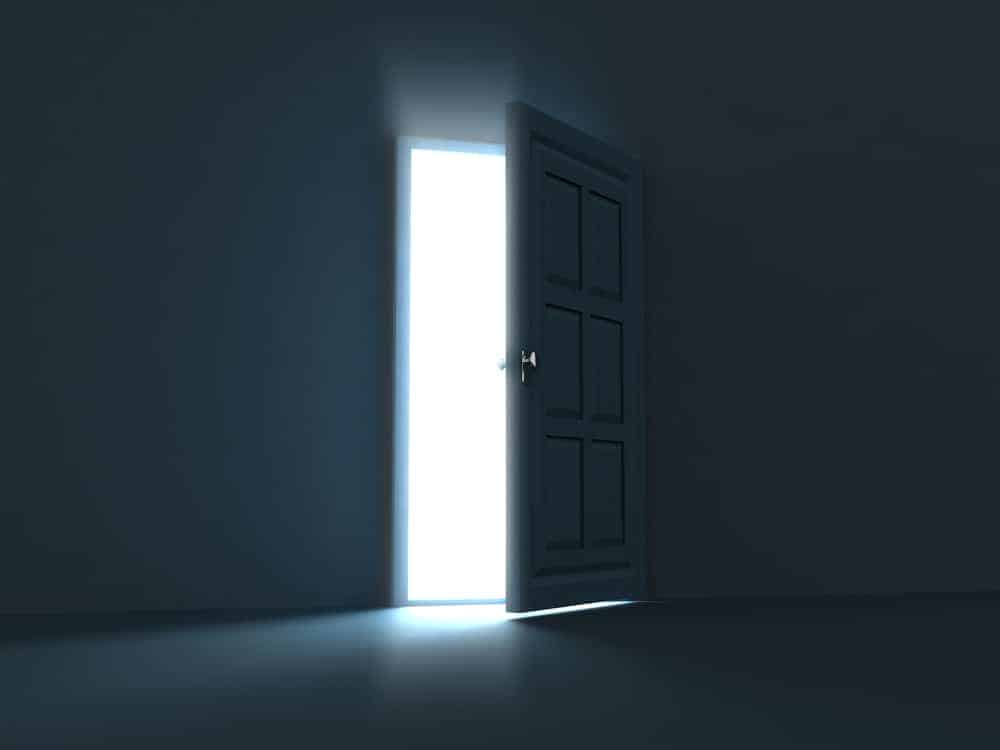
If it isn't possible to replace a hollow core door with a solid core door, then there are other methods you can employ.
Weatherstripping absorbs sound waves and provides insulation.
Door sweeps cover the large gap at the base of the door. If air and light can get through, then so can sound waves. They are inexpensive and easy to fit.
Use heavy and thick curtains to block out light, insulate, and absorb unwanted sound.
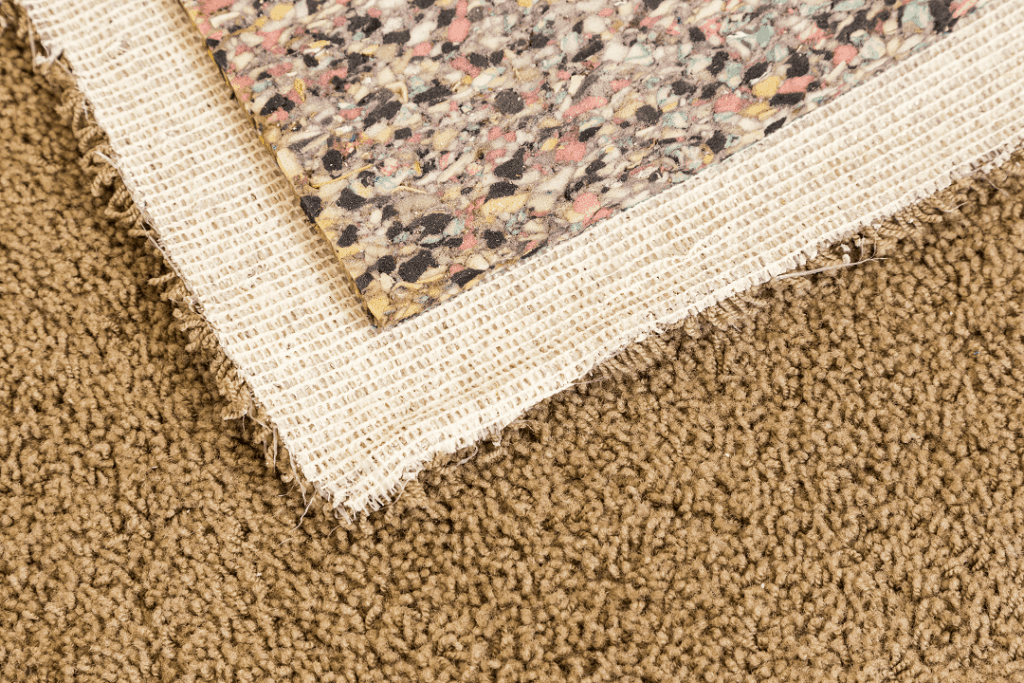
There are many options for soundproofing existing floors, most of which involve soft or absorbent materials.
Carpet is the most common floor covering in home theaters as it has some natural sound absorption properties. There are further methods to increase the effectiveness of the carpet.
Before fitting carpet consider laying one of these methods to the subfloor:
Learn More: The Best Soundproof Underlayment: All Floor Types!
If wall to wall carpet isn't possible, the use of thick rugs will absorb some of the sounds. If at all possible hard-flooring should be avoided.
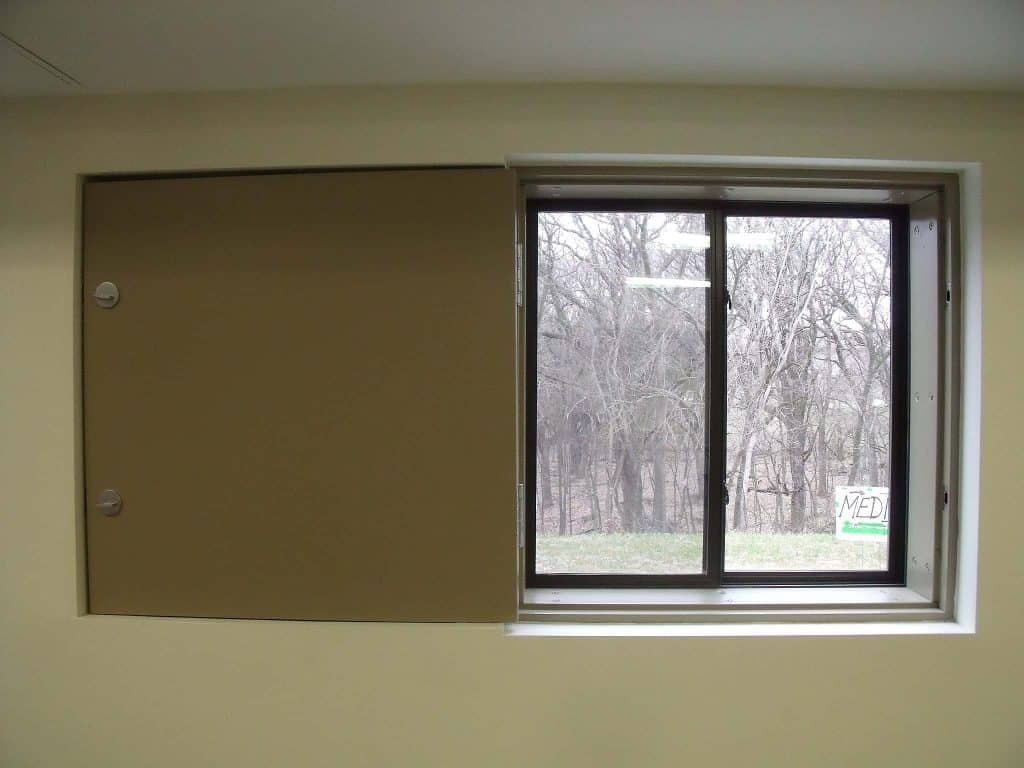
If the space set aside for your home theater has windows, think about removing them if possible. If that isn't in the cards, consider investing in either double/triple pane or laminated glass.
Cover the windows with a set of thick and heavy sound-proofing curtains.
Consider installing/creating a window plug of soundproofing materials like MDF, acoustic foam, MLV, and green glue.
Once you've have finished soundproofing your home theater and it's time to think of furnishings, remember, echo exists in large, empty spaces. So, don't be afraid to fill the room with soft furnishings, large squishy sofas, and soft beanbags to absorb unwanted echo.

Snoringsource.com is a participant in the Amazon Services LLC Associates Program, an affiliate advertising program designed to provide a means for website owners to earn advertising fees by advertising and linking to amazon(.com, .co.uk, .ca etc) and any other website that may be affiliated with Amazon Service LLC Associates Program.